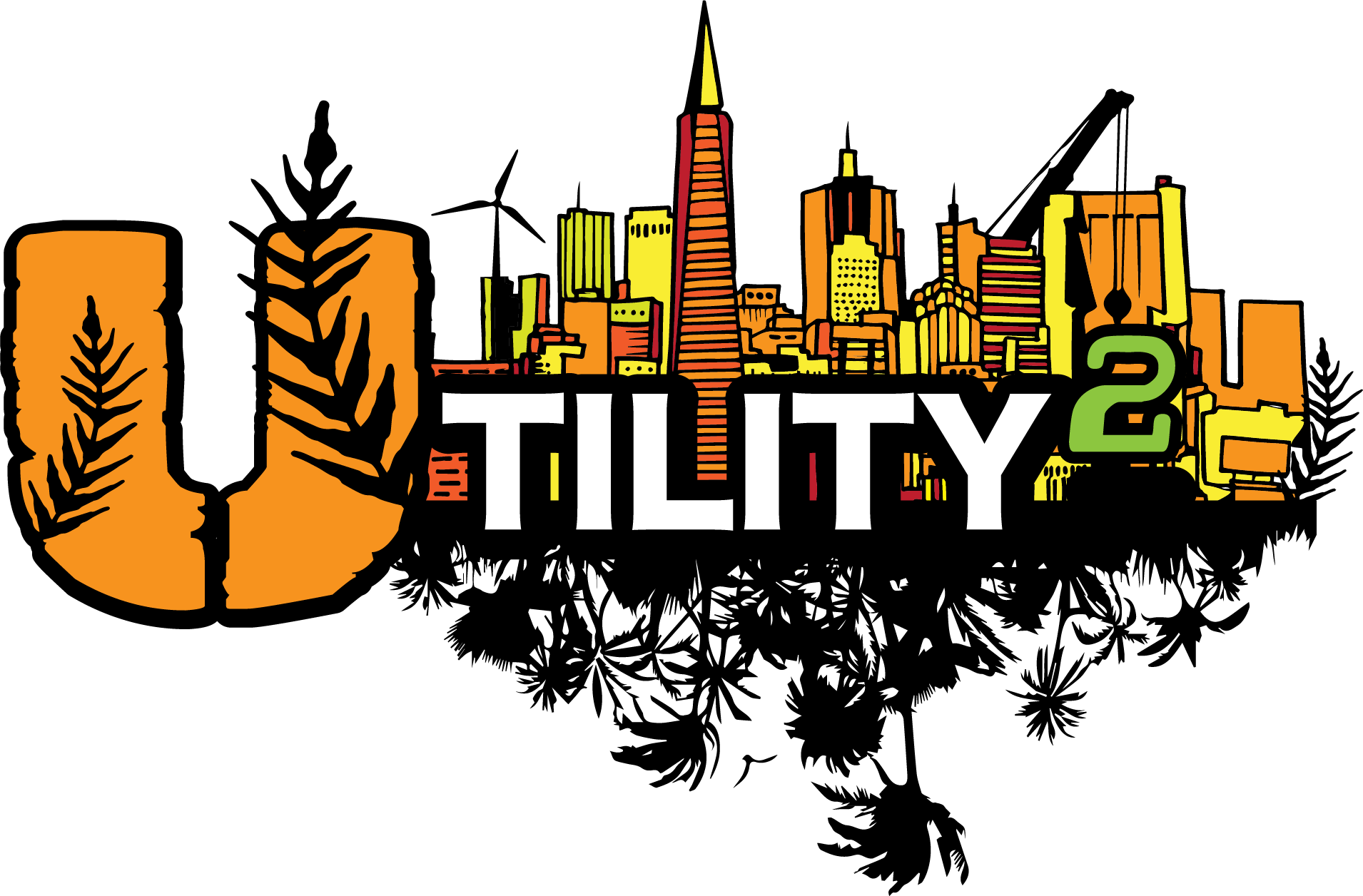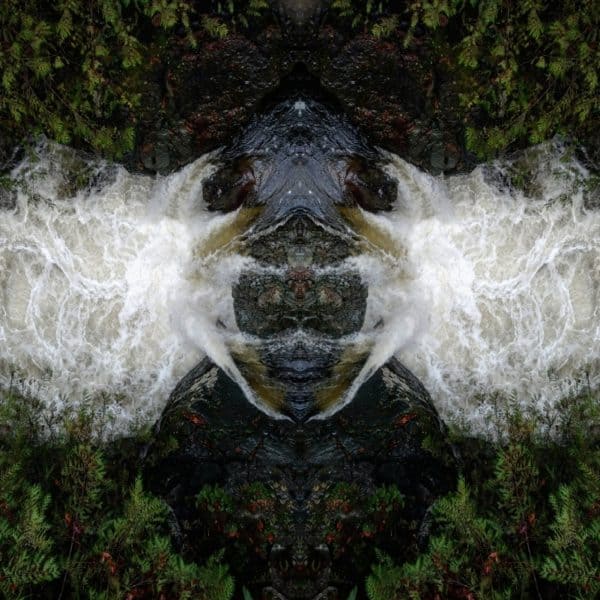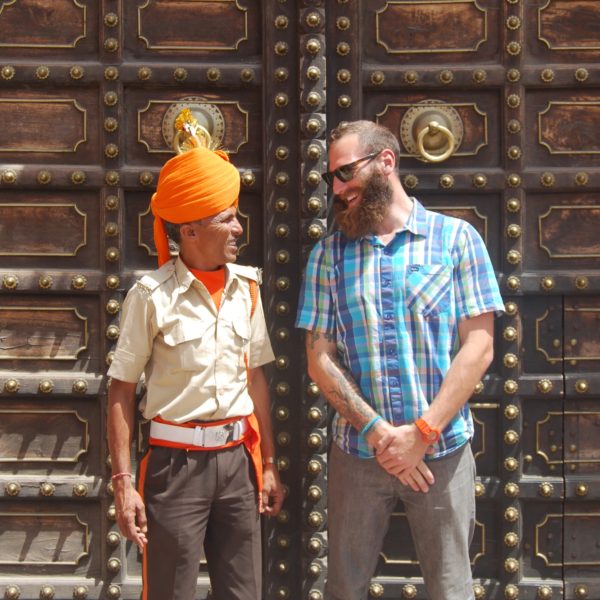12,022 marked the launch of our
Municipal/Utility Services & Infrastructure Quick Curriculum
MUSI:QC, an engaging four-part infrastructure education workshop aimed towards high school students and community members of all backgrounds. The four part series offers an exploration of major infrastructure systems, their interrelated impacts, and the role & opportunity of community members within their operations. Utility² hopes that this crash course will spark informed, and invested community engagement, while inspiring a next-generation workforce to find their mission within the infrastructure evolution!
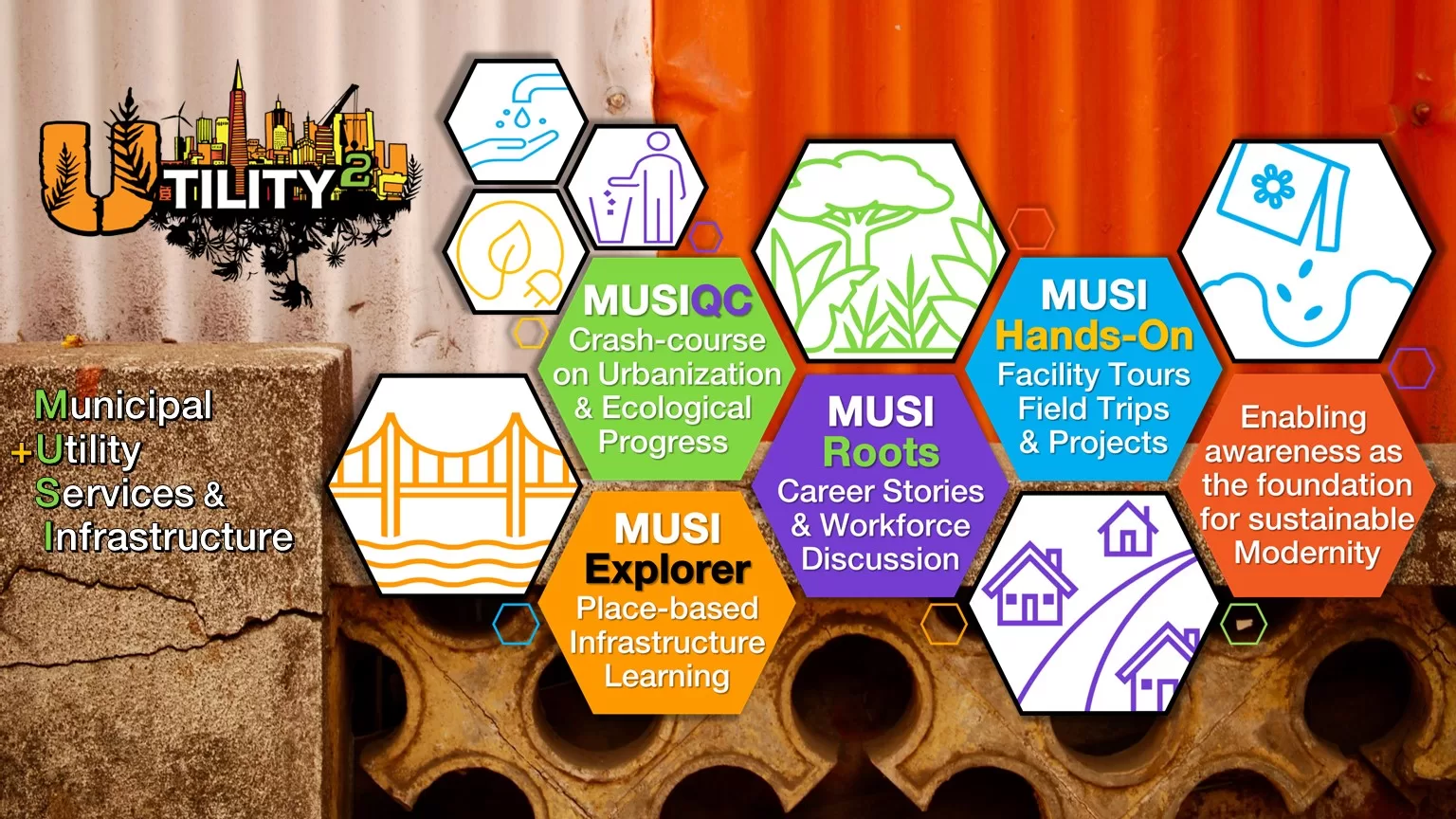
This project launch was made possible by the 2021 Duwamish River Opportunity Fund (DROF) award from the City of Seattle Department of Neighborhoods, an annual program to uplift a region subjected to systemic environmental injustices, industrial exploitation, and inadequate infrastructure investments. Students were provided with a $40 stipend for attending any workshop, with food provided for all! We give utmost appreciation for our many community and industry partners who were critical in bringing empowering infrastructure experiences to neighbors of the Duwamish Valley. A special thanks to Carmen Martinez and partnership with the Duwamish Valley Youth Corps (DVYC) – they dealt with us passionate engineers, doing our best teacher impersonation as we refined this program during five workshops earlier in the year! …especially the South Park Pump Station tour in March and Infrastructure Week 12,022 in May!
An Infrastructure Crash Course
We kicked off our MUSI:QC workshop series with an introduction to the built-environment at the South Park Hall, an accessible and historic gathering place for community members. This Infrastructure Crash Course discusses how humans have evolved, and thrived, alongside infrastructure, the 16+ 1 Critical Sectors of present, and how modern urbanism affects the nature world. We further the conversation by delving into this concept of Modernity, the catalyst for implementing change, accelerating progress, and finding our role in the Infrastructure Evolution towards symbiotic, circular systems. By framing the Human Era (aka Holocene Calendar) theory of timekeeping alongside infrastructure, we hope to broaden perspectives of how we have built, what we should build, and where unbuilding may necessary…an excellent primer for what was to come!
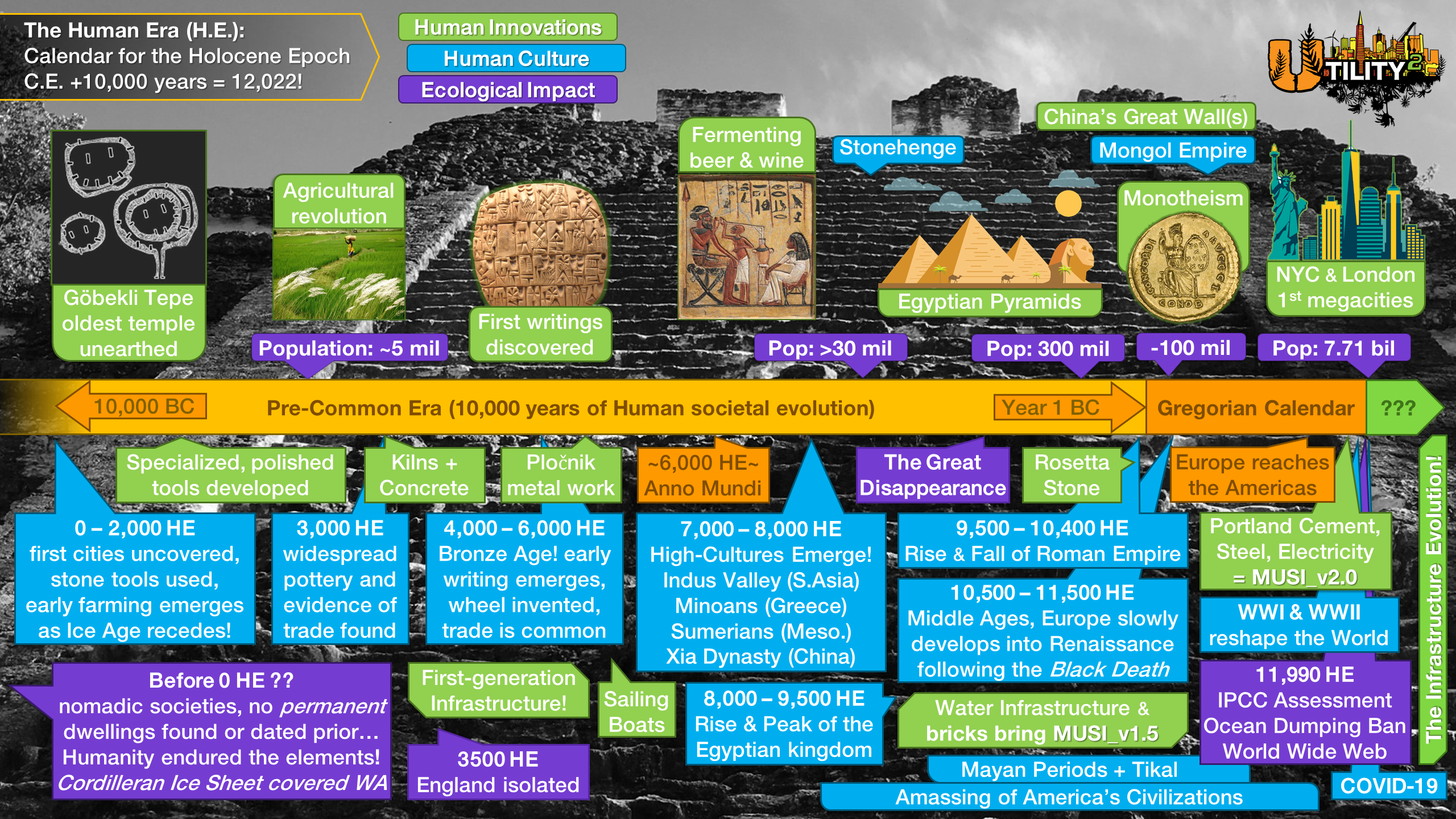
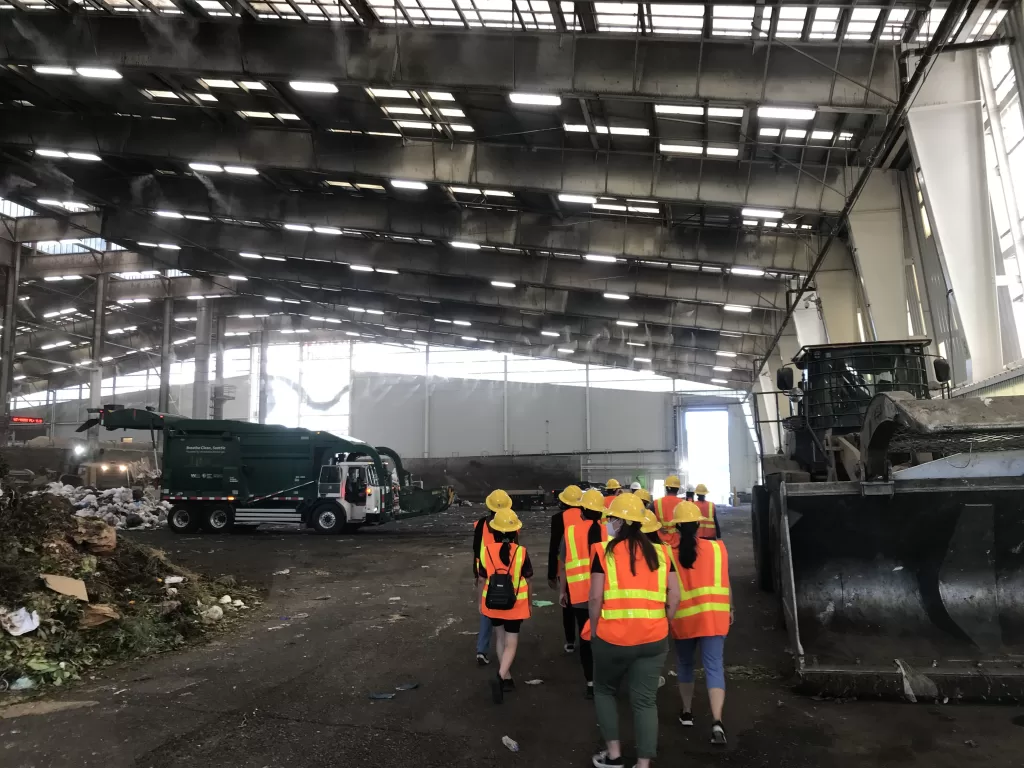
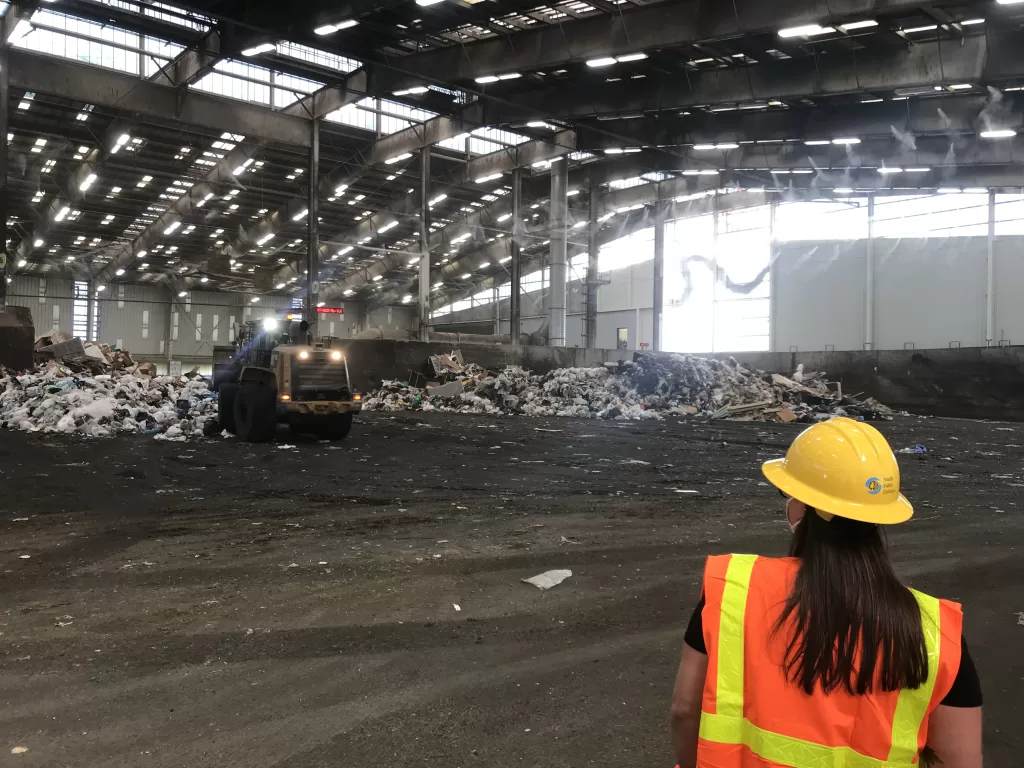
Municipal Solid Waste Infrastructure
With a background in the origins & purpose of infrastructure, our cohort built infrastructure awareness in the mounting problem of Municipal Solid Waste (MSW), taking a tour of Seattle Public Utilities’ South Transfer Station in South Park. We entered the facility through walkways showcased in items collected by the station’s workers “You threw that away!?”. Our event begin with introductions, everyone’s grade or occupation, and a presentation by SPU’s Solid Waste Division. The Transfer Station Crew Chief shared her inspiring career story and why working in waste reduction was such a special occupation.
Participants donned Personal Protective Equipment (PPE), essential to maneuver the hazardous environment we headed into. Entering the large open floors, mists sprayed from the ceiling and curious students questioned if they were to suppress the odor…indeed, and also for dust control! We walked the floor designated by numerous mounds of semi sorted waste, with heavy equipment gracefully pushing piles of waste around, as drop offs occurred by collection trucks, contractors and residents. Moving below deck we spotted one of the coolest parts of the tour, walking around the massive hydraulic landfill compactor. We were tiny compared to the machine intended to smash dense bales of waste, minimizing storage space and transportation costs. Our tour concluded by walking the logistics loop, discovering the most energy intense process of the MSW operations is their wide range of transportation fleet! After washing hands, we ate pizza and closed the workshop with a discussion of MSW history, with ways we can shape a sustainable future. FYI: the Infrastructure Evolution begins with your trash habits!
Thanks to SPU’s Solid Waste Division and the STS team for showing us their rubbish!
The Infrastructure Behind Energy
Amidst peak summer heat, our next workshop was held at The Georgetown Steam Plant for an exploration of Energy, past, present, and future! This historical landmark, built by the Seattle Electric Company in 1906-1907 on 18 acres of land along the Duwamish River, beautifully demonstrates the electrified evolution in the Seattle region. The Georgetown Steam Plant first set out to produce record power with their Curtis Steam Turbine for nearby residents and then current owners’ stake in streetcar operations. Meandering through the powerhouse, we traveled time to witness the development and ingenuity of electricity produced at the facility. However, all innovations eventually land in history books as Modernity becomes Antiquity. As hydroelectric power rapidly dominated the region, and the now inefficient electricity production from the plant was no longer profitable, the Steam Plant ceased operations in January 1953. Also, the straightening of the Duwamish River begun in 1913 did not help the plant, given its reliance of water (likely a good thing given the effects from burning fuel oil or coal).
Now owned in a joint partnership, Seattle City Light and the Georgetown Steam Plant Community Development Authority, work to preserve the building for others to spark their curiosity with. Lucky for the present day Seattleites, innovation of past has presented a timeless gem. Learn so much more at the GSP Historylink website, through photos or by signing up for a tour…Thanks to Seattle City Light for this opportunity and all those working to preserve this historic asset !
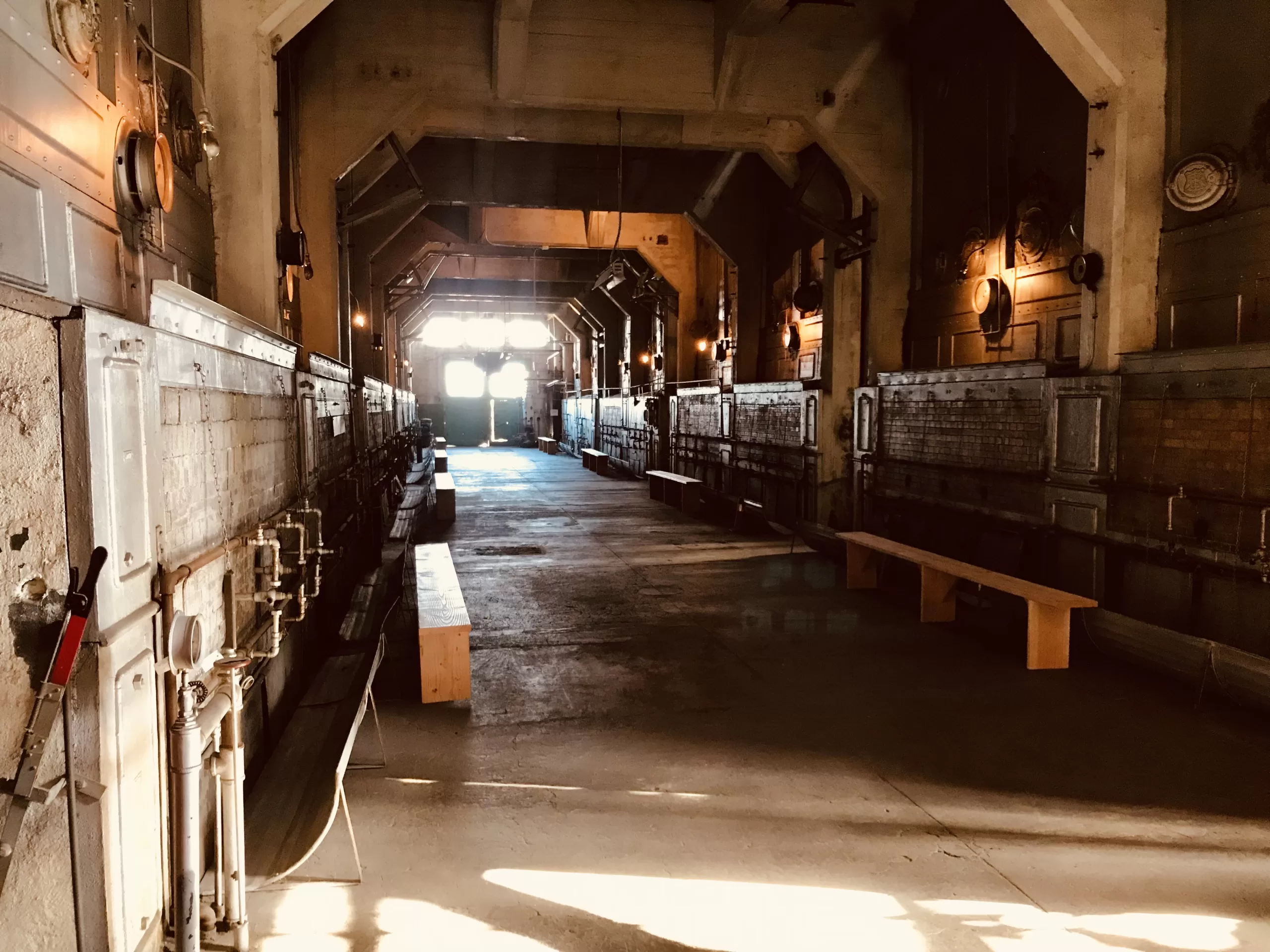
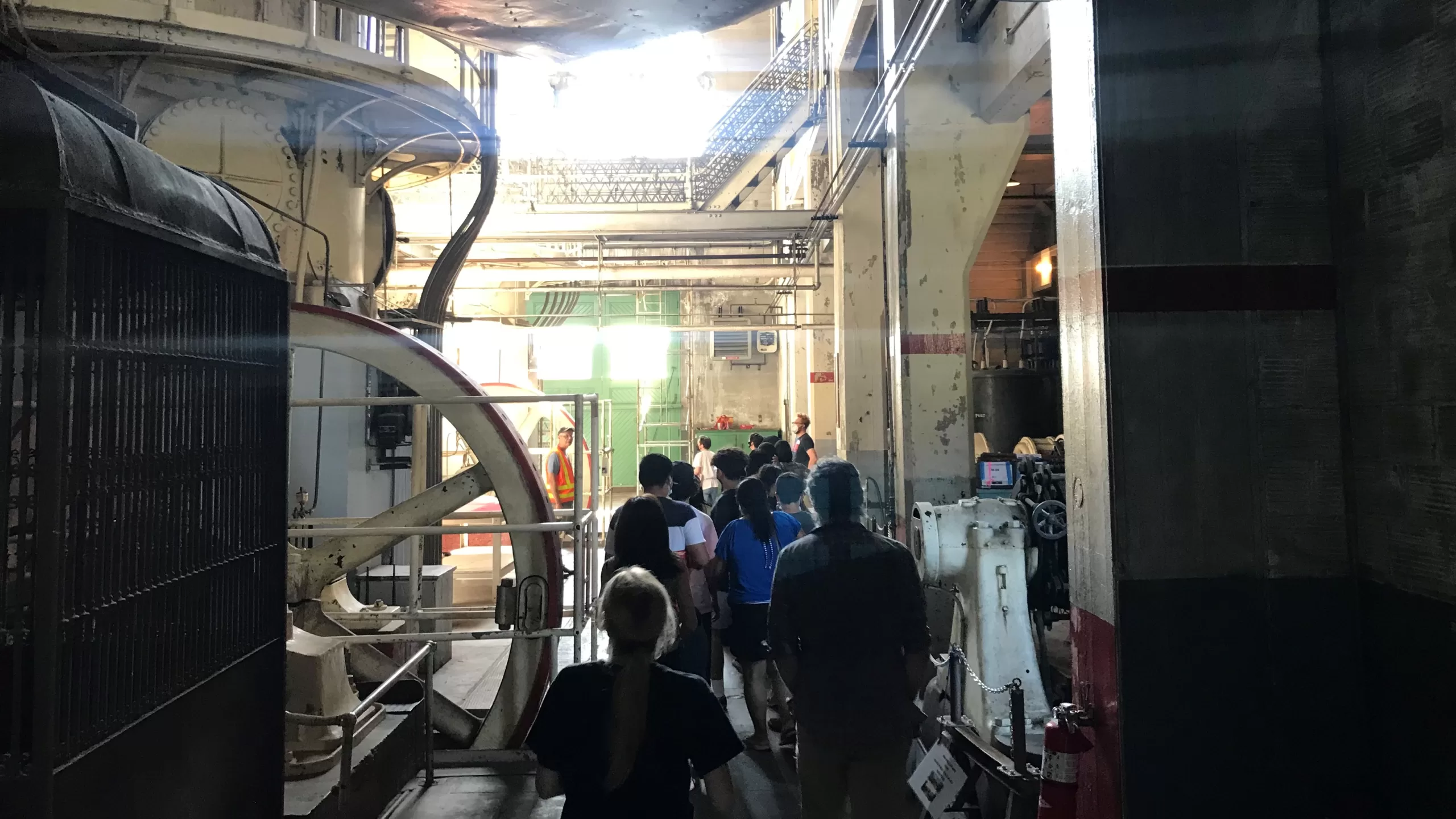
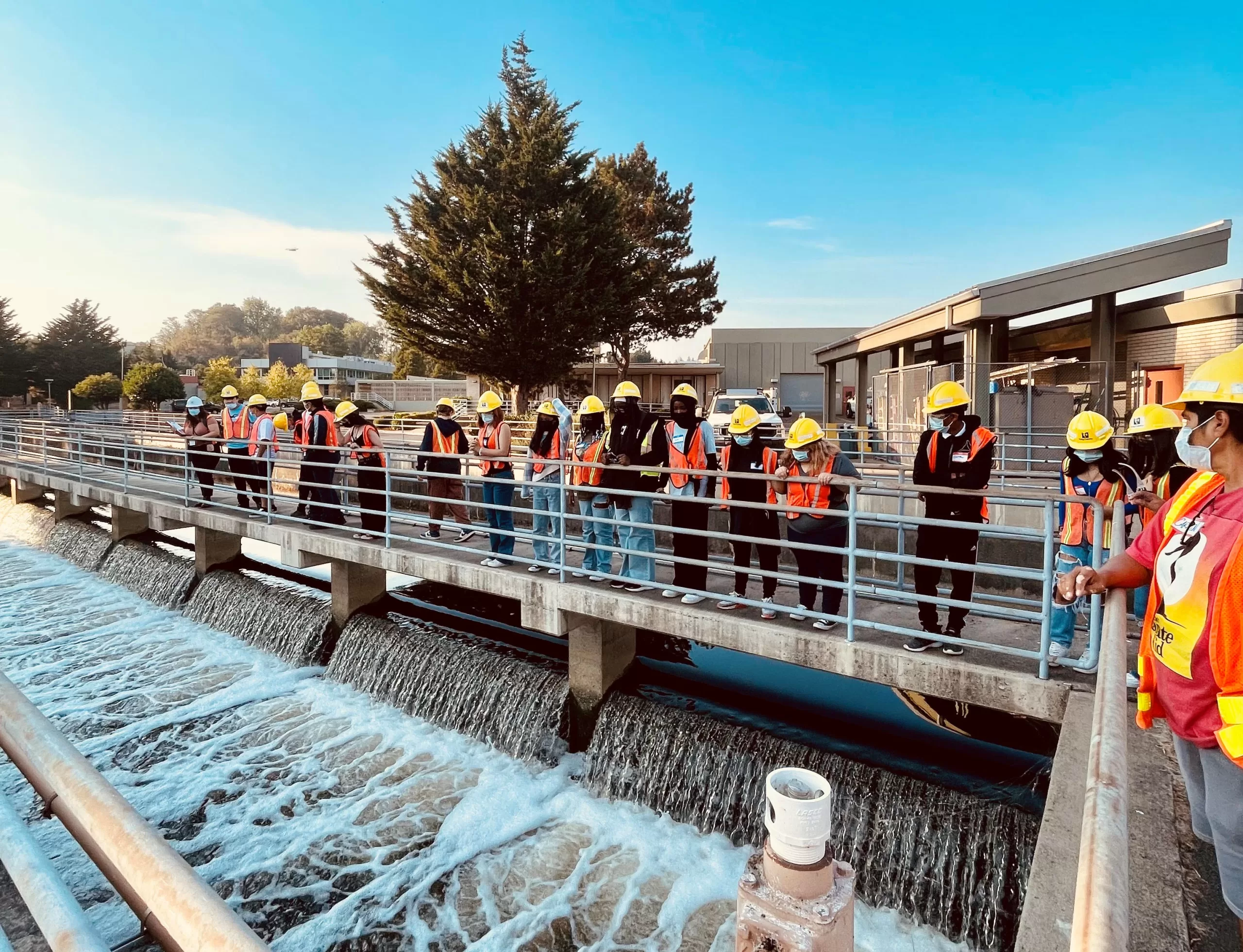
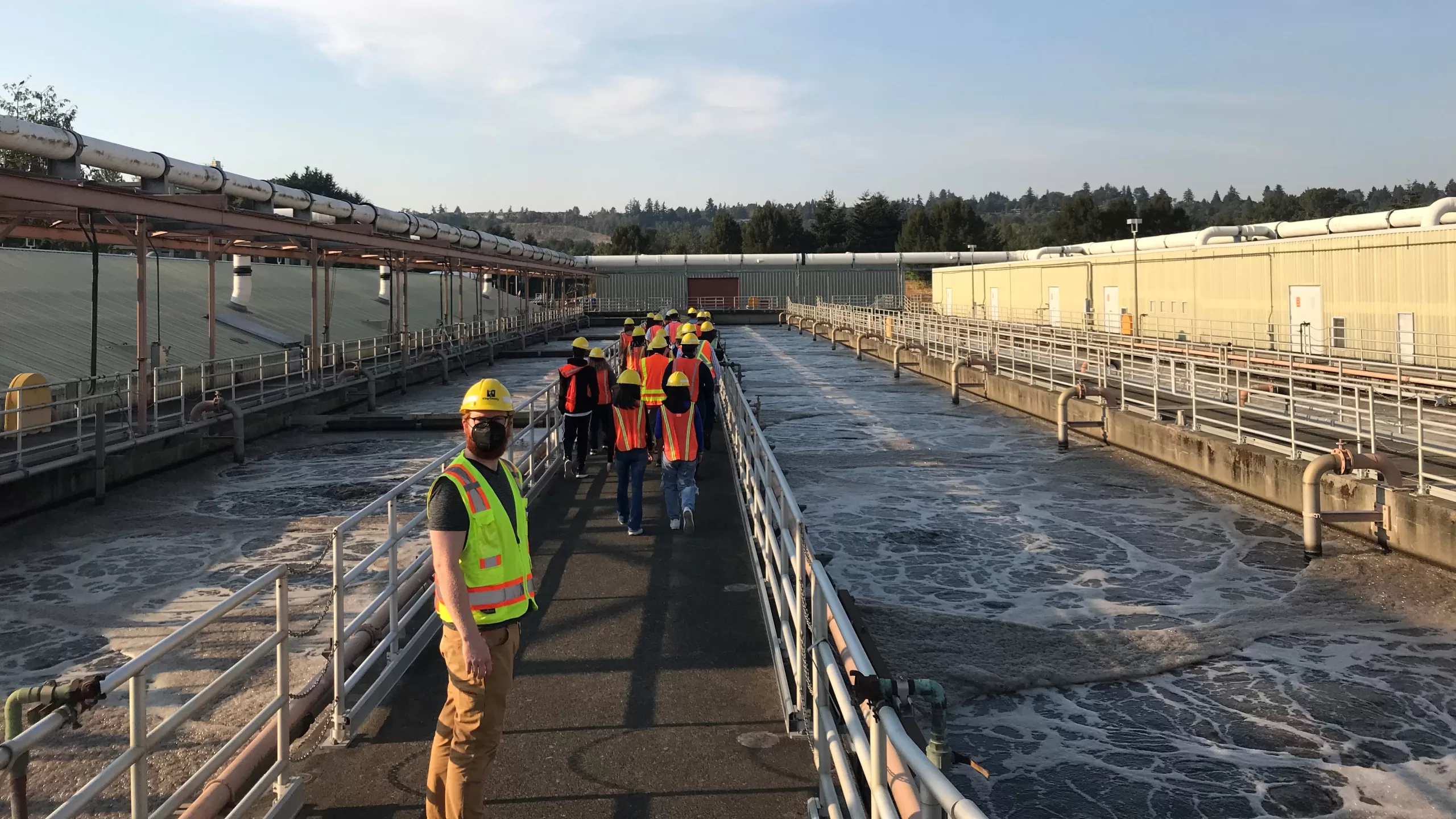
All Things H2O Infrastructure
Our final tour of the summer series explored water infrastructure at the King County South Treatment Plant, operated by the Department of Natural Resources Wastewater Treatment Division (DNRP WTD). We talked about the history of water infrastructure, and the students led a discussion on how we can protect our water quality:
1) following the rule of four P’s down the drain – only pee, poop, puke, & (toilet) paper!
2) preventing harmful chemicals or trash from entering the watershed via storm water drains, improper disposal, or that leaky vehicle.
3) treating wastewater before discharging into the environment.
Our conversation brought to light the amount of water it takes to perform everyday tasks, like showering and flushing the toilet, highlighting that US average water consumption ranks highest globally, and how such usage contributes to overexploitation of limited fresh water. The EPA estimates 20 gallons of water per average shower, something to keep in mind as Humans continue to overexploit our fresh water reserves, here in the US and globally!
Moving into the tour, we first observed the ‘headworks’, preliminary treatment of raw sewage through screening intended to remove large debris before proceeding to the influent pump station. Observing heaps of ‘flushable’ wipes clogging the screens, filling the trash bin headed to landfill, we learned that product marketing is not always true, and there is damage caused by things we improperly dispose of to the wastewater sewer system. We walked throughout the plant, along a span of grit removal processes, primary sedimentation, and aeration basins which fizzled to the top – pictured to the bottom left, smelling fresh as nature can be. Finally, we followed the treatment process through its final stages of secondary sedimentation in large clarifiers before disinfection, and the final effluent began its journey to the Puget Sound tumbling down Renton Falls. Behind the scenes at the South Treatment Plant are many other processes, primarily the anaerobic digestion of sludge, biogas production for onsite uses, and solids handling to produce a highly fertile biosolids product for the LOOP program. Yes, biosolids are processed and used as a nutrient rich soil amendment, with the gasses produced in biological stabilization utilized as heating energy in the facility or sold as fuel!
An excellent event with our most excellent tour guide, engaging our students with water stewardship, and presenting the many possible career opportunities available, ranging from lab technicians to treatment operators. Thank you, Charity and King County WTD for this inspiring tour!
Discovering Infrastructure with MUSI:Explorer
Amidst summer break, we offered students an approachable homework assignment with MUSI:Explorer, hosting a learning session at The South Park Library! The MUSI:Explorer project was intended to introduce students to accessible resources, like the Seattle Public Library, Google Earth/Maps, the wealth of knowledge gained from public domain GIS data, such as King County iMap, to explore local infrastructure. Students were asked to explore their neighborhoods, find an interesting element of the build-environment, and given a series of questions to identify purpose, establish impacts, and assess sustainability. We worked on public library computers, assisting their search, and provoking thoughts in their quest to find answers. Would you believe nearly 50% of our students did not have computer and/or internet access at home? Thanks to the amazing Lupine at the South Park branch Seattle Library for hosting our rather large group in a place with free access to connectivity & learning.
We closed the MUSI:QC Summer Series with a final meeting to have student present their MUSI:Explorer projects. “My dog ate it” was no longer an excuse and some encouragement was needed to get students to present to us…Nevertheless, we were very excited to hear what students had learned from MUSI:QC, to better understand the urban environment of their community. The cohort circled up and discussed varying perceptions of local infrastructure, potential strategy for present challenges, and aspirations for their community. The youth represent our future, and their perspectives are paramount to our work.
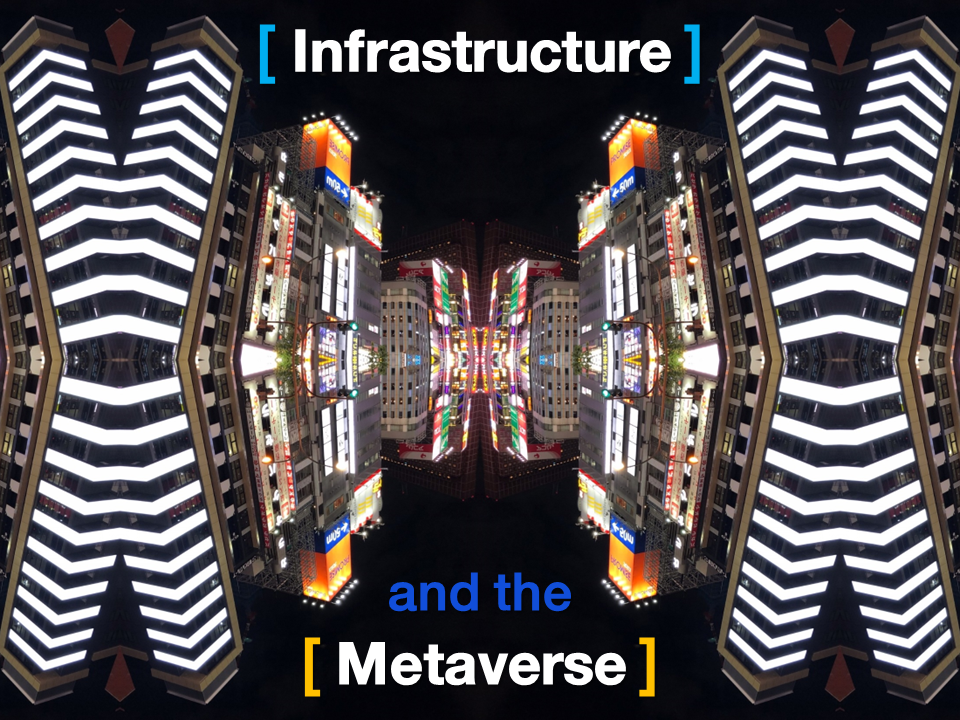
Dear FCC,
Sincerely, the 99%.
The Affordable Connectivity Program is a good start, but much delayed, cumbersome, and woefully inadequate. Providers are continually inflating their prices, and these discounts only empower their profiteering. We must nationalize internet service providers and provide free access to basic communications. After all, internet access is a human right in our continually digitized state of Modernity.
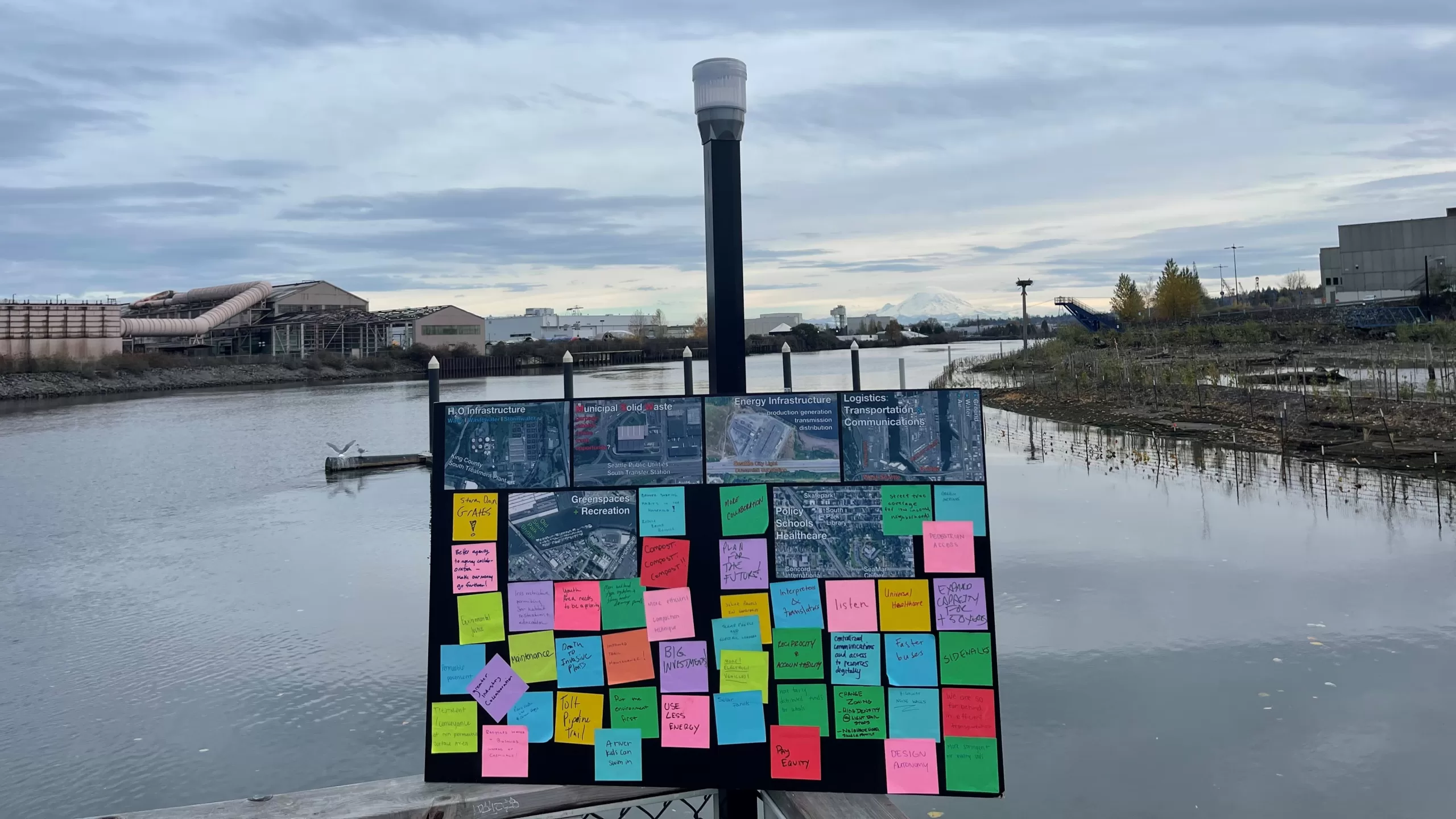
Expanding roles for Infrastructure Professionals…
While most efforts to bring greater Infrastructure Awareness were community-focused, our mission extends to fellow professionals. Our message is clear: big challenges requires a diverse, talented, and passionate workforce, for which the present engineers, planners, managers, etc., must help foster. Our workshops often include guest speakers, sharing their career stories to inspire entry into the many sectors of infrastructure. Back in April, we gave a presentation at the American Public Works Association (APWA) Spring Conference, detailing The Human Era alongside Infrastructure, and steps we must take to realize sustainable Modernity. This event was a unique opportunity to spark Big Ideas among peers, questioning the status quo, and asking what municipal leaders are doing to bring greater equity in public service. No elephant was ignored, breaching the topic of digital tokens for utilities, income-based service rates, frameworks for wealth tax, addressing Public Sector hesitation to innovate, and questioning the effectiveness of community outreach and diversified engagement. This work continues onwards, embodying the voices of everyday neighbors, captured at the many community events in 12,022. The design and planning framework must be inclusive of community!
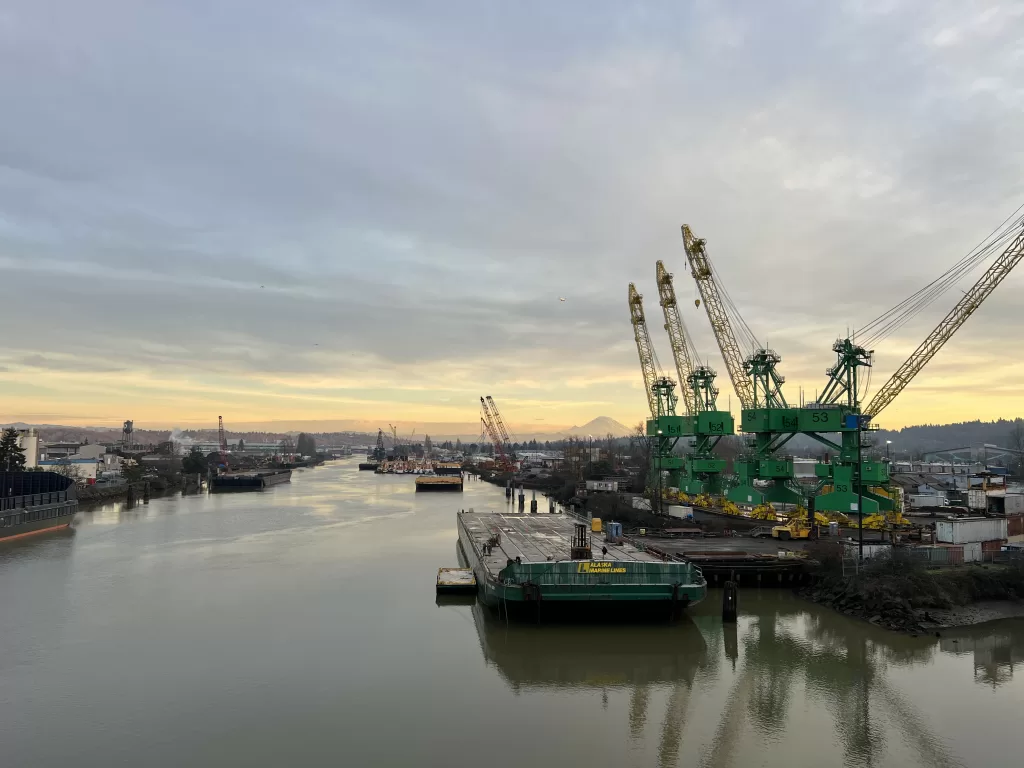
12,022 of the Human Era was a big step for Utility²
We sincerely thank everyone who joined and supported our Infrastructure Awareness movement! This opportunity allowed us to reach over a hundred community members, providing $7,000 to students, $8,000 to local DV businesses, and another $7,000 to support fellow non-profit organizations, while bringing on two new board members! It starts now…
